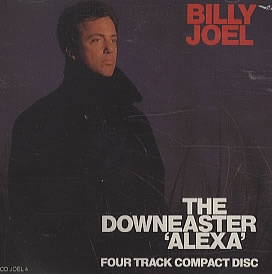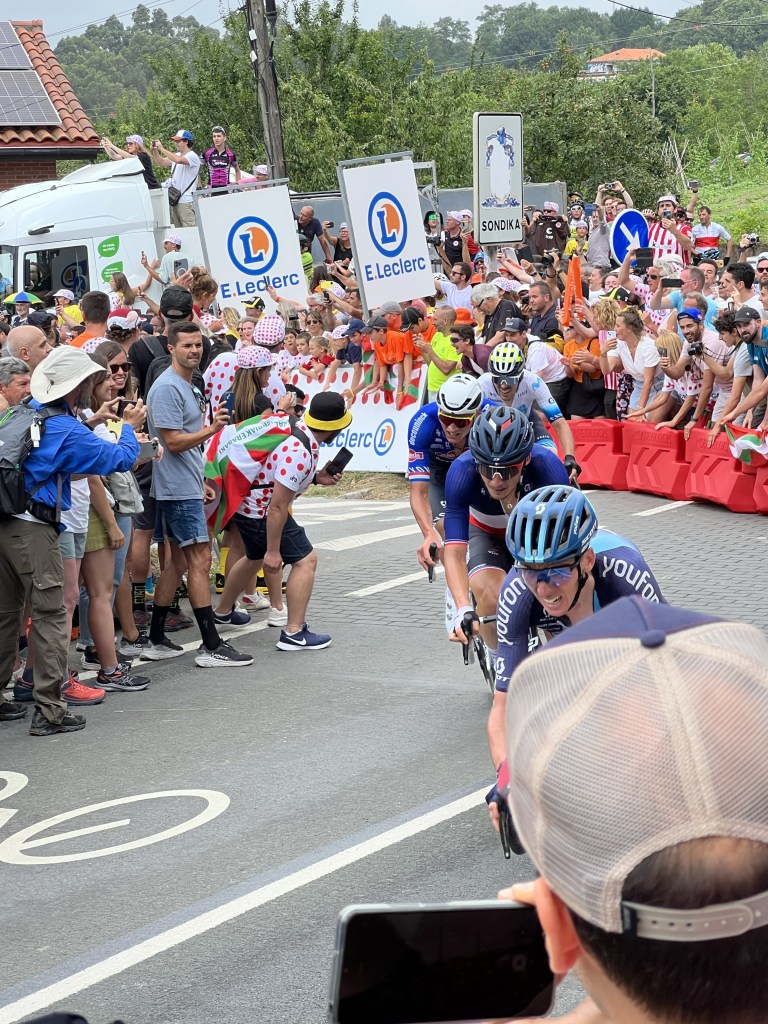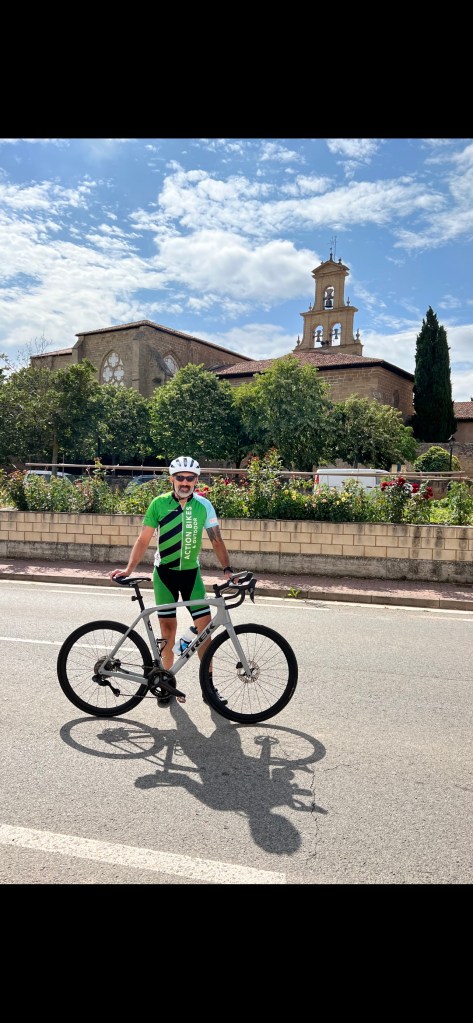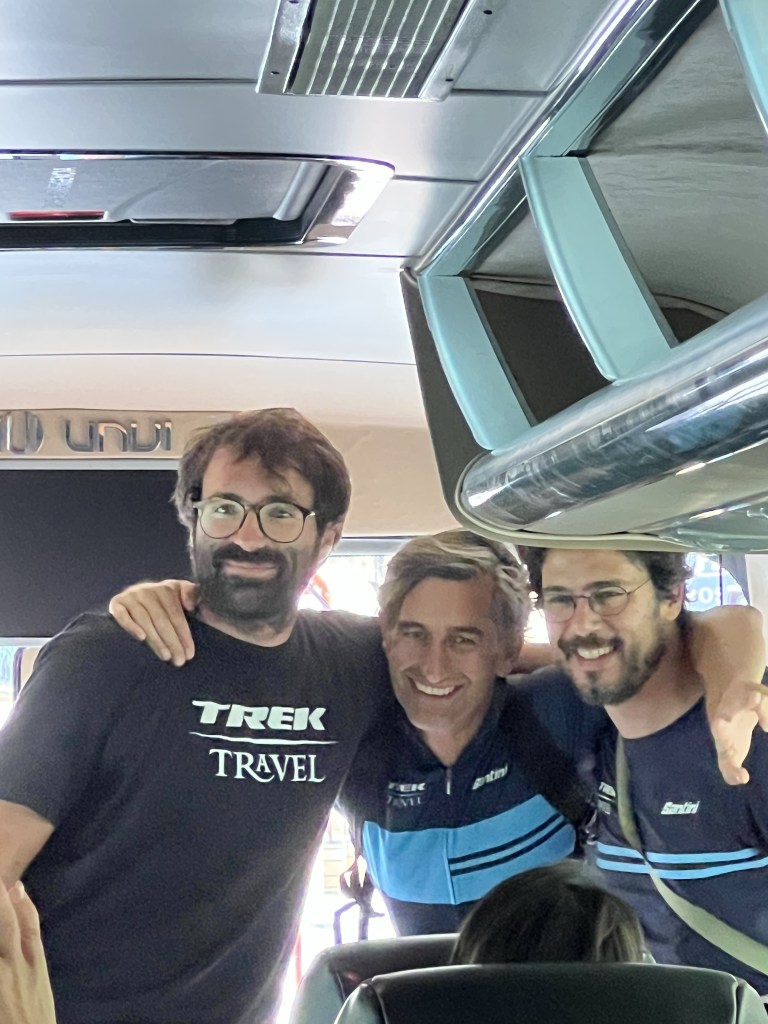This past year, I have become hooked on restoring 80’s and 90’s steel mountain bikes. What make these machines so desirable? Why steel? How expensive is it to do and how many hours will it take? All that and more lies ahead.
In January and February, I immersed myself in You Tube, searching for as many mtb restoration and frame painting videos as I could find. I also scoured the internet for build ideas. It seems that many people love the simplicity of the old, mechanical 7, 8 and 9 speed drivetrains as well as a gorgeous steel frame with those iconic 80’s and 90’s paint schemes.
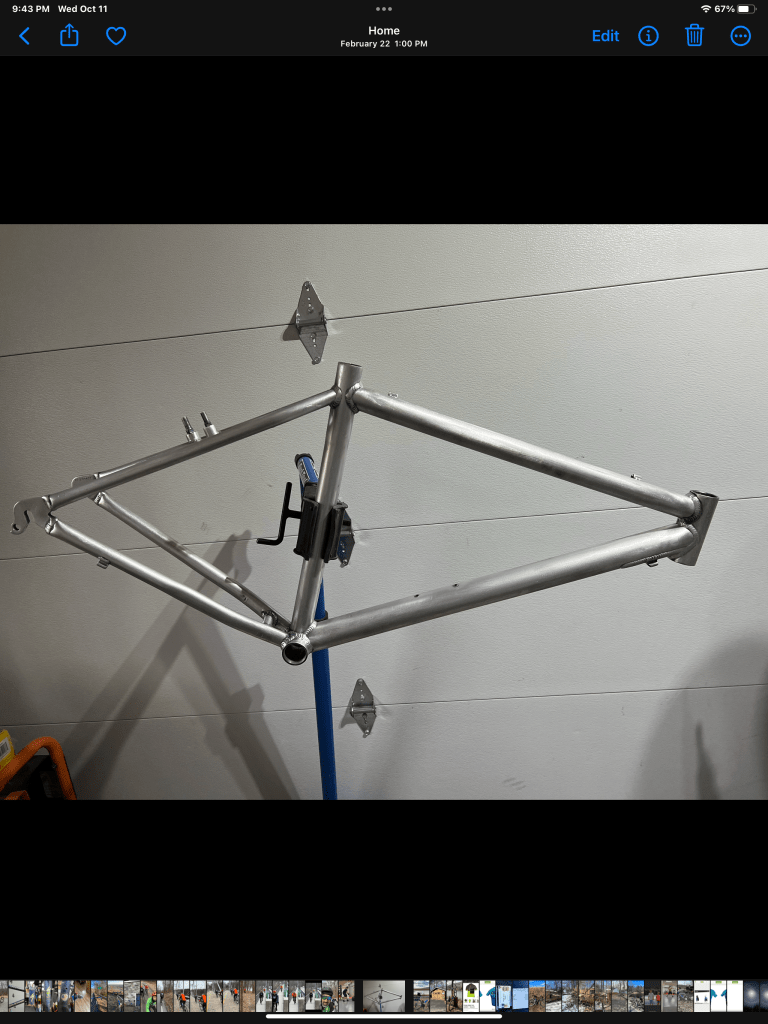
My first project was a bike for my nephew. I purchased a 1991 Specialized Rockhopper for $90. After a complete tear down, I sanded the entire frame to bare steel. I primed, painted and clear coated the frame, using a mix of Krylon and Rust-Oleum paints. I built it up with a 3×7 Shimano STX drivetrain and the original bars, Seatpost and stem.

Next, I restored a 1994 Trek 830 Mt. Track for my sister. I did not need to paint this bike as the factory paint was in pristine condition. Just a complete overhaul and cleaning brought this beautiful old school mountain bike back to life.

What came next, was the project that I had wanted to do for a long time. I wanted to transform an old steel mountain bike into a gravel bike with a modern drivetrain with drop bars. About a year ago, I came across a 1092 Specialized Stumpjumper frame that was in horrible condition with a lot of surface rust. I began collecting parts, some new, some from my parts bin and set a plan in motion.
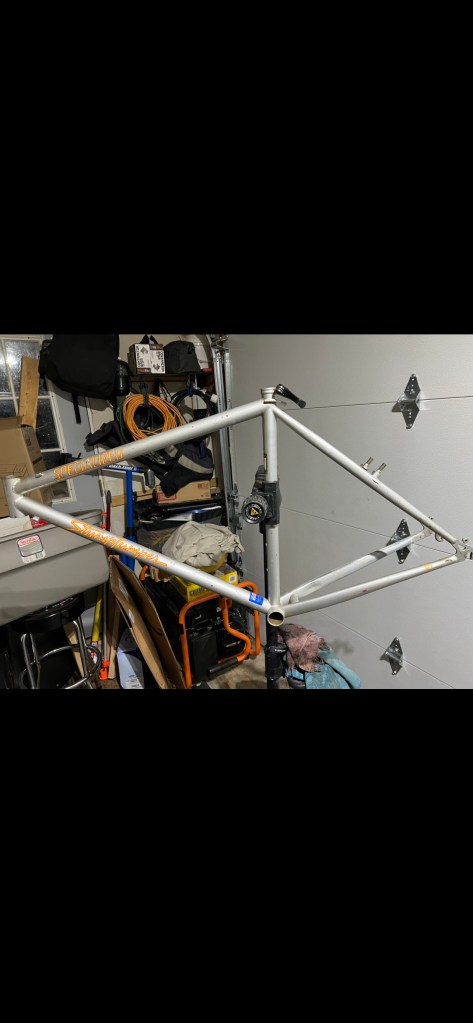
I ordered primer, paint and clear coat from Spray.Bike. I stripped the frame, using sandpaper, a palm sander and a Dremel in the hard to reach places. After a good cleaning, I sprayed the 1st coat of primer, wet sanded the frame and sprayed a 2nd coat. The next day, I laid the 1st coat of orange paint. Again, I wet sanded the entire frame lightly before applying the 2nd coat. As soon as it was dry, I splattered a battersea blue with a paint brush across the entire frame. This gave it that 90’s look I was craving. I let this dry for 48 hours before a thorough cleaning and 3 coats of high gloss clear to protect the paint.
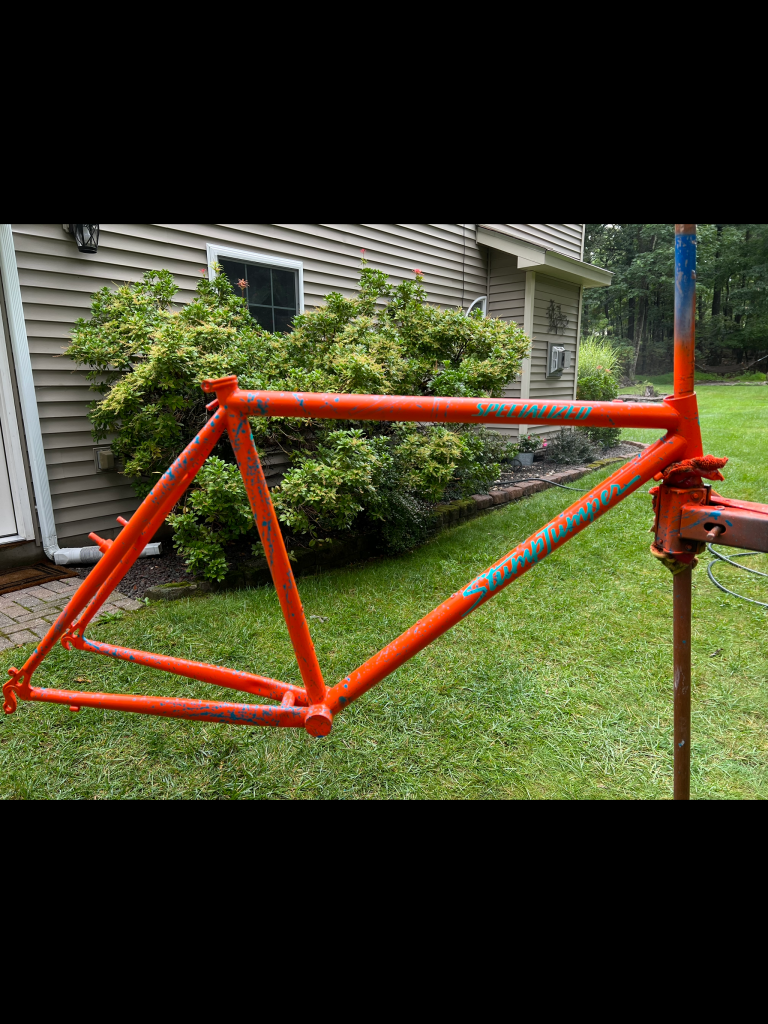
The build process was certainly the most enjoyable part of this project. Although it was a ‘92 steel frame, the head tube was 1 1/8, making way for a Rockshox 30, 100mm suspension fork. I added a Whiskey 80mm stem and a set of Salsa Woodchipper handlebars from my parts bin and purchased a Kalloy Seatpost. This bike got a Microshift Advent 9 speed rear derailleur and shifter along with a Microshift 9 speed 11-42 cassette. The crankset is a Shimano Zee with a 36t chainring. Brakes are a mix of Tektro canteliever on the rear and a V-brake on the front. Wheels are Alex rims and Shimano Deore hubs with Panaracer Gravel King 26×2.2 tan wall tires. I topped it off with an SDG tan saddle and tan, cloth bar tape.

I am very satisfied with how it came out and I can’t wait for the next project. I currently searching for that frame that will be the base for my next project.







